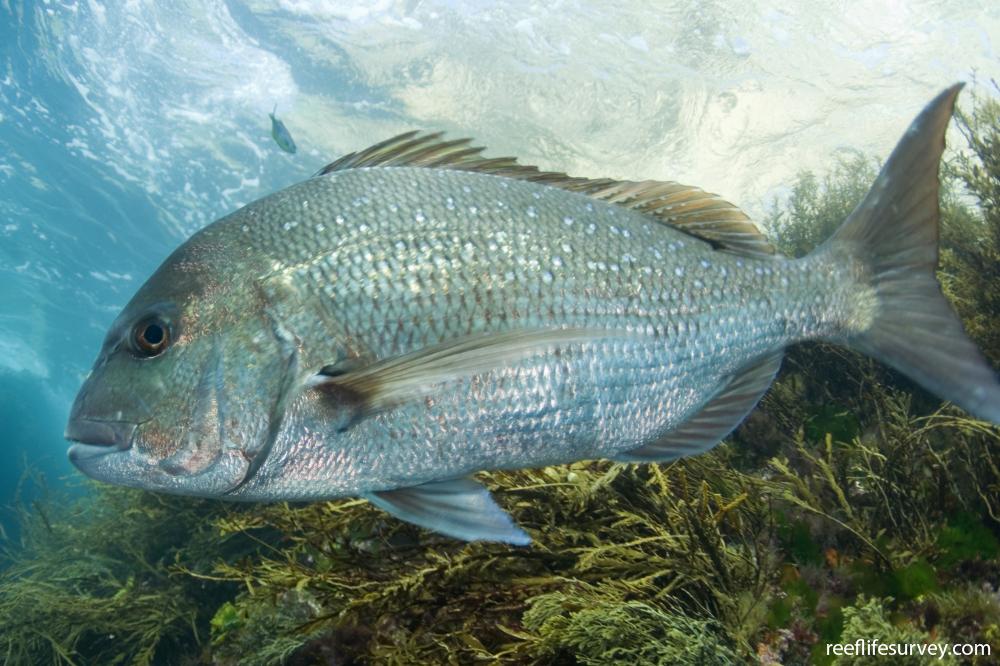Pagrus auratus
Snapper | Bream | Cockney | Cockney Bream | Cockney Snapper | Golden Snapper | Old Man Snapper | Pink Snapper | Porgy | Red Bream | Red Pargo | Sea Bream | Squire | Squirefish | Chrysophrys auratusSimilar Species
Same Genus
Distribution
Temperate Australasia, Temperate northern Pacific, Tropical Indo-Pacific
Description
Pink in colour and when adult have a more hump-headed appearance than other Australian members of the family Sparidae. They also have fewer soft rays in the dorsal fin (9-10 cf. 10-14). Juvenile snapper possess numerous blue spots over the body and are then commonly called cockney bream. Snapper form schools in shallow water to spawn when water temperatures pass 18°C. Spawning thus occurs during summer in Victoria and during winter in Queensland and central Western Australia. Growth is slow, many of the larger fish being over 20 years old. The species is probably the most prized reef fish caught in southern and southeastern Australian waters.
Information
Max Size: 130 cm
Sea Temperature Range: N/A
Depth: 1-200m
Habitat Generalization Index: 31.79
Also referred to as the SGI (Species Generalisation Index), this describes the habitat niche breadth of the species. Species with values less than 15 are found in a relatively narrow range of reef habitat types (specialists), while those over 25 may be found on most hard substrates within their range (generalists). Learn more here.
Conservation and Rarity
IUCN Status: Least Concern
Occurrence: Common (24.6% of sites)
Occurrence describes how often the species is found on surveys within its distribution. It is calculated as the % of reef sites surveyed by RLS divers across all the ecoregions in which the species has been observed
Abundance: Several (5 per transect)
Abundance is calculated as the average number of individuals recorded per RLS transect, where present.
Edit by: GJ Edgar. 2008. Australian Marine Life. New Holland, Sydney













